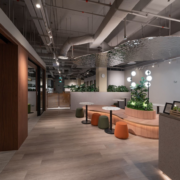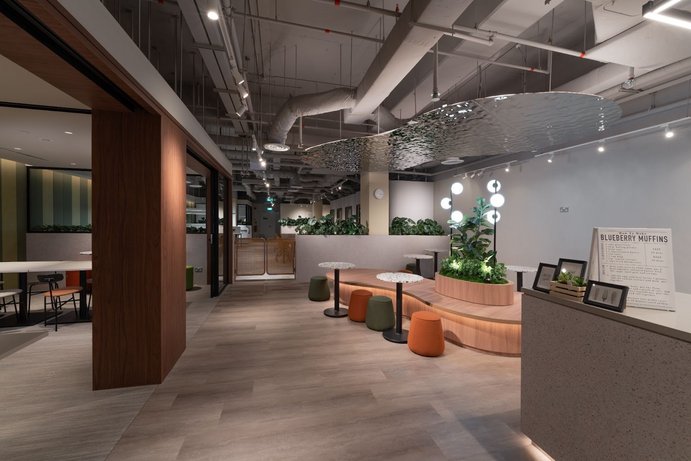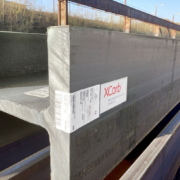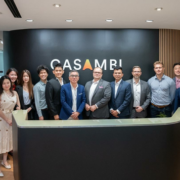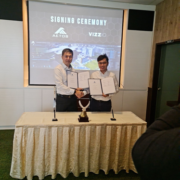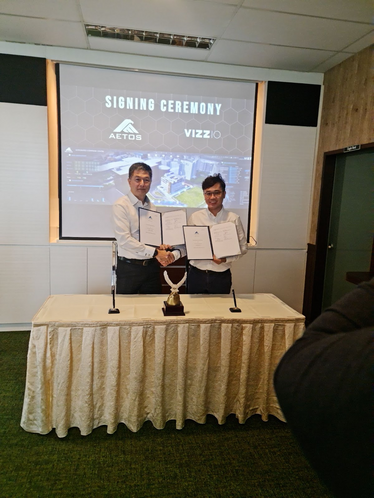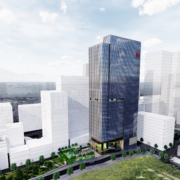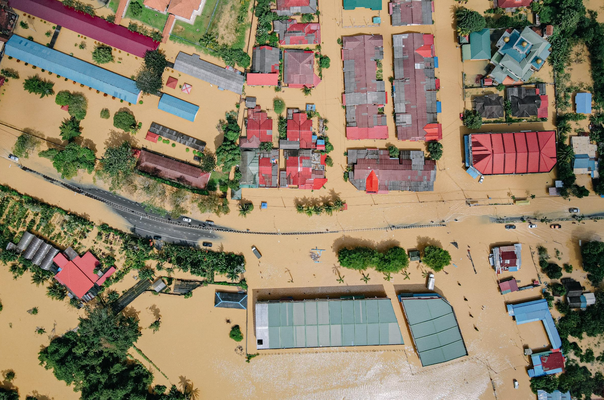Grundfos Becomes World’s First Water Solutions Company With Approved Net Zero Science-Based Targets

Grundfos, a global leader in advanced pump solutions and water technologies, has become the first organisation in the water solutions sector1 to receive full validation of its 2050 net-zero target from the Science-Based Targets initiative (SBTi), a climate action organisation that enables companies to set greenhouse gas (GHG) emissions reduction targets grounded in science. SBTi also validated the company’s near-term 2030 emission reduction targets.
Poul Due Jensen, Group President & CEO of Grundfos, comments: “Today, we announce the most significant long-term climate commitment in our sustainability journey at Grundfos, one that highlights our leadership in taking climate action across our footprint and deep into our value chain. At Grundfos, our services and solutions go beyond water, as do our sustainability ambitions: saving energy, saving water, circular business, and water access.
As a leading pump manufacturer and water solutions provider, we take responsibility for the carbon that is emitted not only to produce our products but also the energy consumed when they are in use. This creates a layer of complexity many companies do not have when tracking emission reduction, and I am immensely proud to see Grundfos lead the sector in brave pursuit of a better world for people, businesses, and planet.”
Grundfos aims to accelerate its transformation to a net-zero future whilst enabling its customers to save energy. The net-zero target will require significant innovation efforts and deep, concerted decarbonisation efforts across the company’s operations and value chain.
To achieve this long-term goal, the SBTi also approved Grundfos’ near-term CO2 emission reduction targets. Grundfos commits to reduce absolute Scope 1 and Scope 2 GHG emissions 50% and reduce absolute Scope 3 GHG emissions 25% by 2030 from a 2020 baseline year.
Grundfos worked with industry experts to identify the use of Grundfos products by end users as its biggest source of GHG emissions. These emissions, of which Grundfos is indirectly responsible for across its value chain, account for 99% of the company’s total GHG emissions. As such, Grundfos believes it can make the most difference in addressing the growing climate challenges by pledging to reduce Scope 3 emissions by delivering the world’s most energy-efficient and digitally enabled product portfolio.
Grundfos’ science-based targets and carbon footprint baseline have been created in partnership with the Carbon Trust, a global climate consultancy. Hugh Jones, Managing Director, Advisory at the Carbon Trust said, “We are proud to have supported Grundfos in setting its science-based targets, which are aligned to both climate science and global net zero ambitions. This represents a significant milestone in the company’s sustainability journey and makes a positive contribution to the wider water sector’s move towards a decarbonised future.”
1 As found on Science-Based Targets initiative’s publicly available target dashboard as of 9 November 2022.


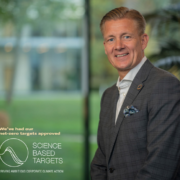

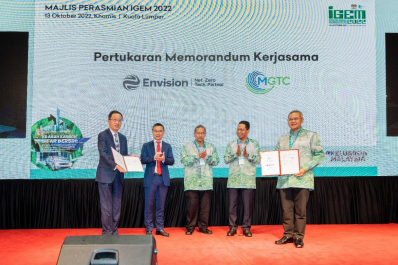
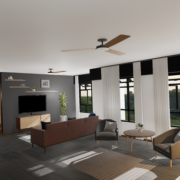
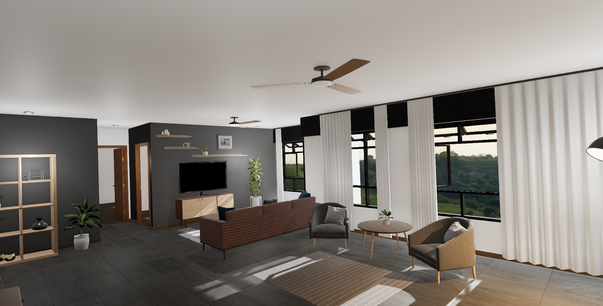
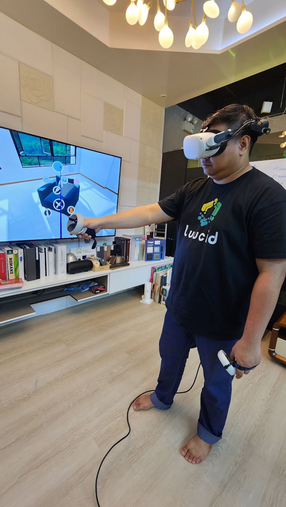
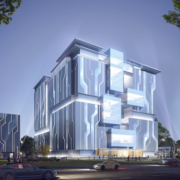
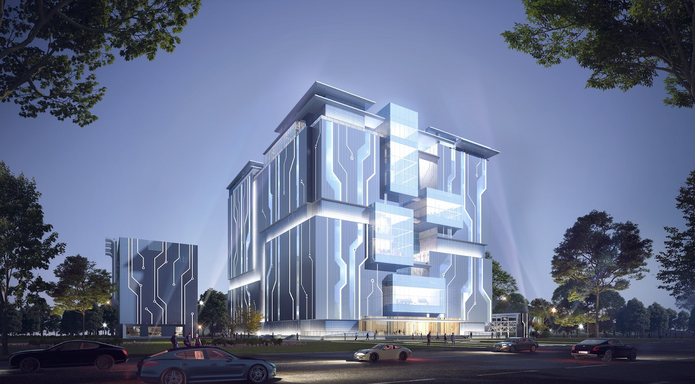
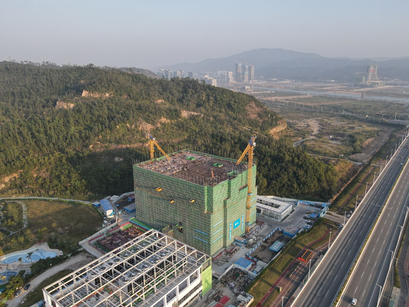
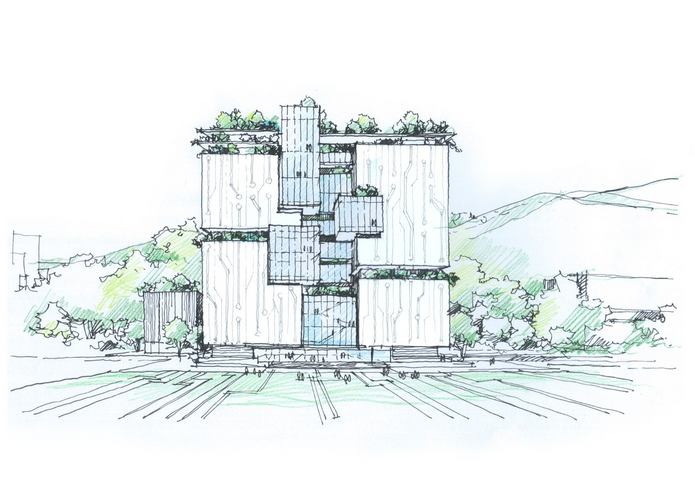 Taking inspiration from energy circuits and ecological growth, the design emphasizes geometry and movement, expressing an architectural language that is sleek and neo-futuristic. The linear façade is inspired by integrated circuits, which are indispensable to any AI computing platforms. It shapes the architecture with simple geometric form to create an atmospheric façade. Using metal plates to mimic the dense lines on circuits, the project is complete with exquisite details and lighting features to light up the area as a shining technological cube during the night. The blocks in the middle adopts façade mullions and double insulating glass to create a stick glass curtain wall façade that enables sunlight to penetrate and blur the border to the exterior surroundings.
Taking inspiration from energy circuits and ecological growth, the design emphasizes geometry and movement, expressing an architectural language that is sleek and neo-futuristic. The linear façade is inspired by integrated circuits, which are indispensable to any AI computing platforms. It shapes the architecture with simple geometric form to create an atmospheric façade. Using metal plates to mimic the dense lines on circuits, the project is complete with exquisite details and lighting features to light up the area as a shining technological cube during the night. The blocks in the middle adopts façade mullions and double insulating glass to create a stick glass curtain wall façade that enables sunlight to penetrate and blur the border to the exterior surroundings.